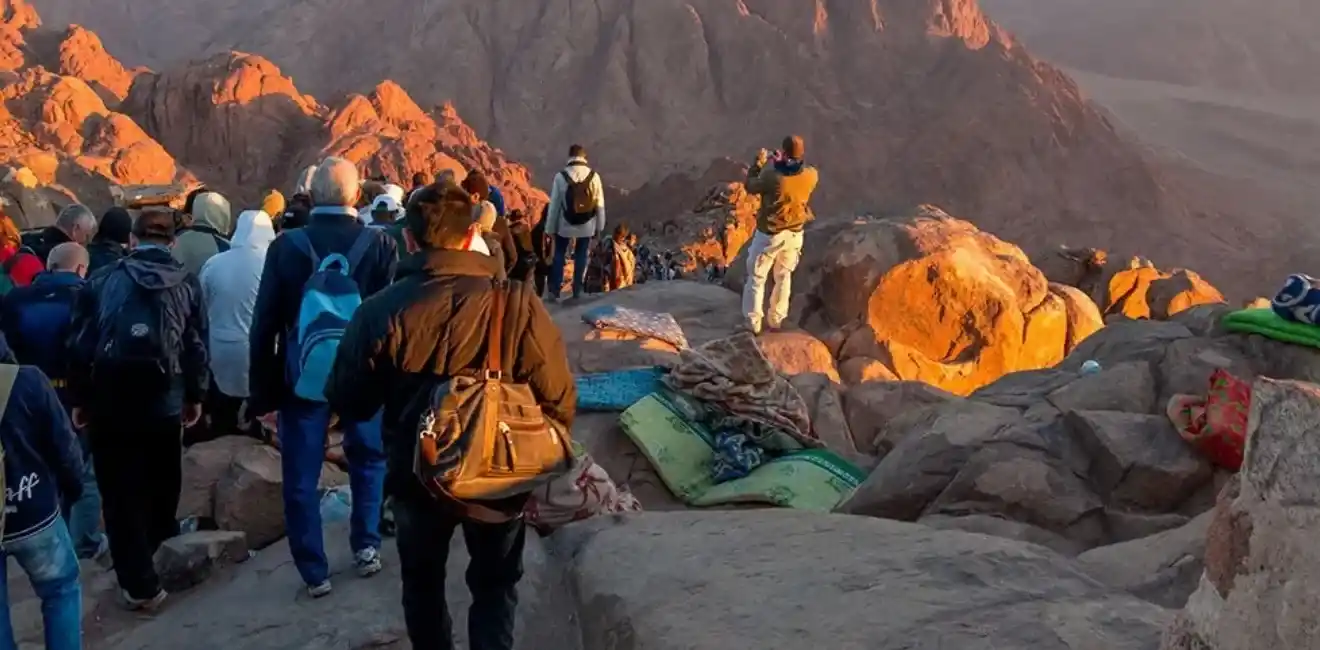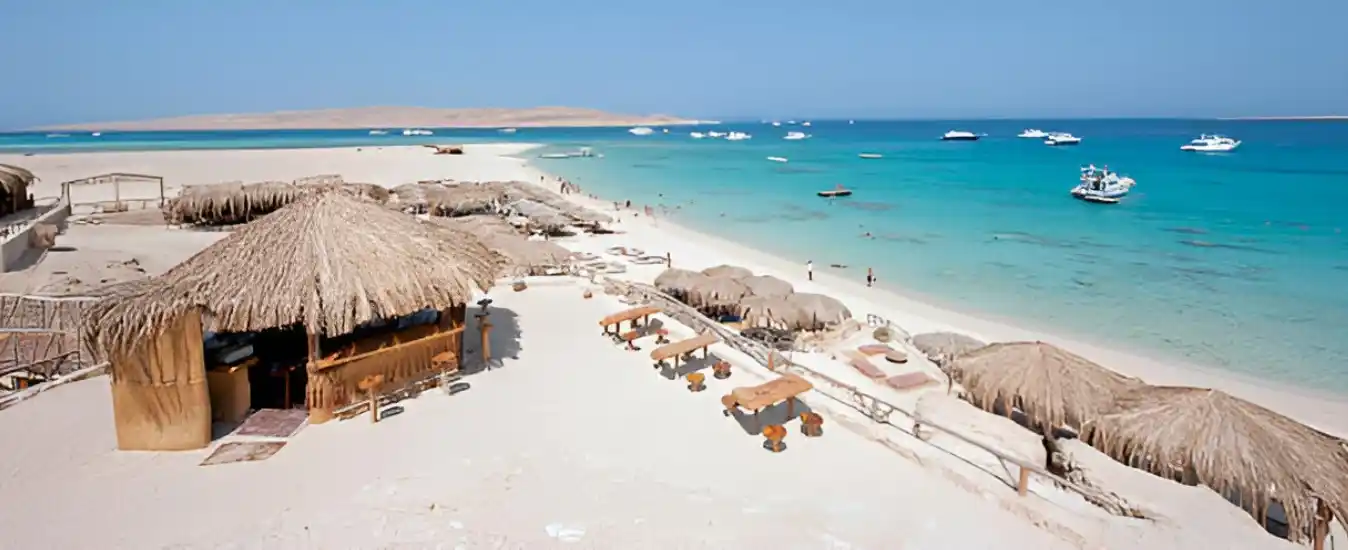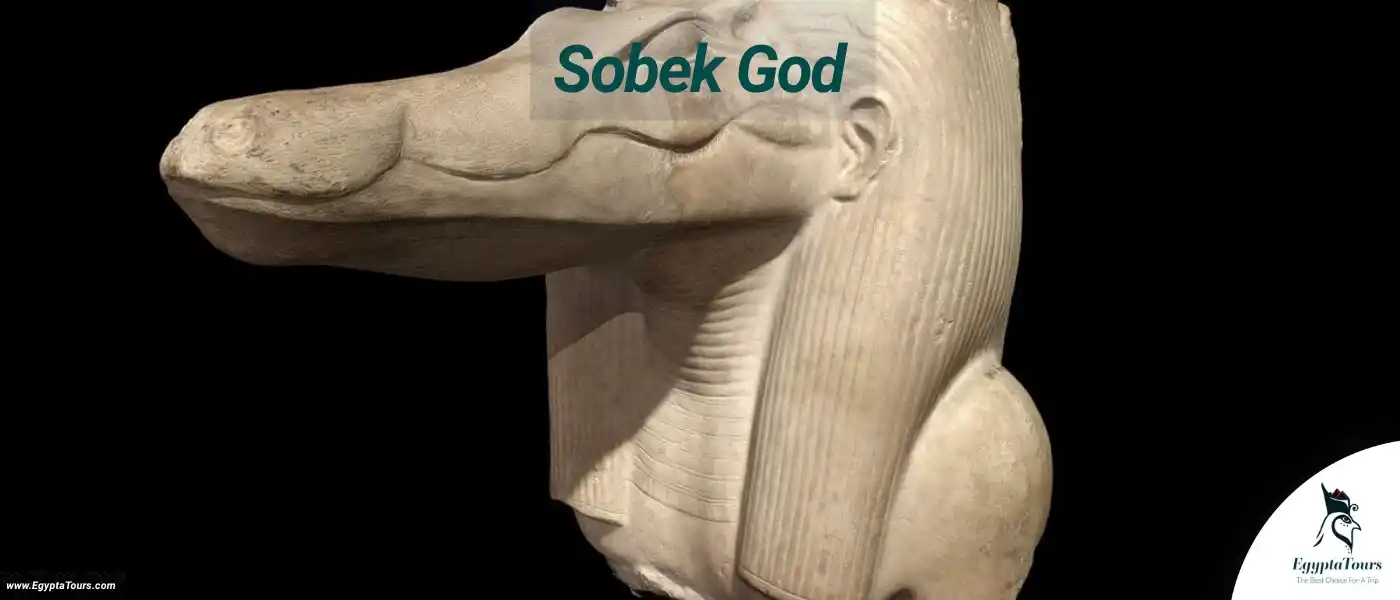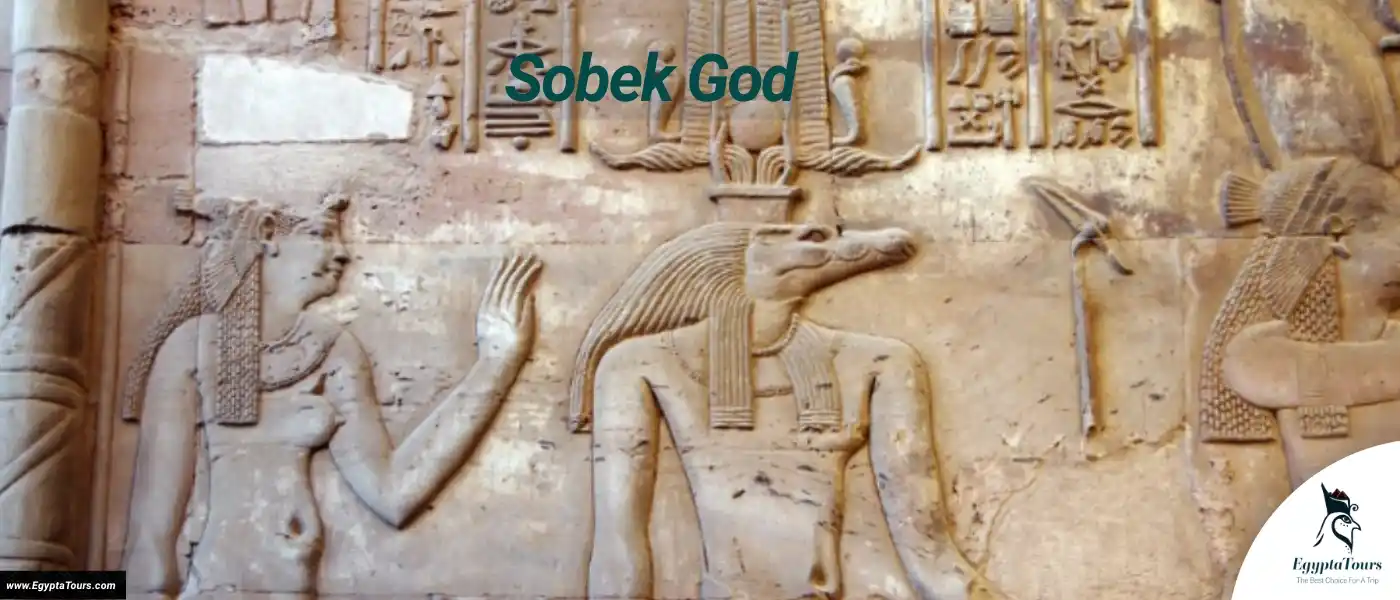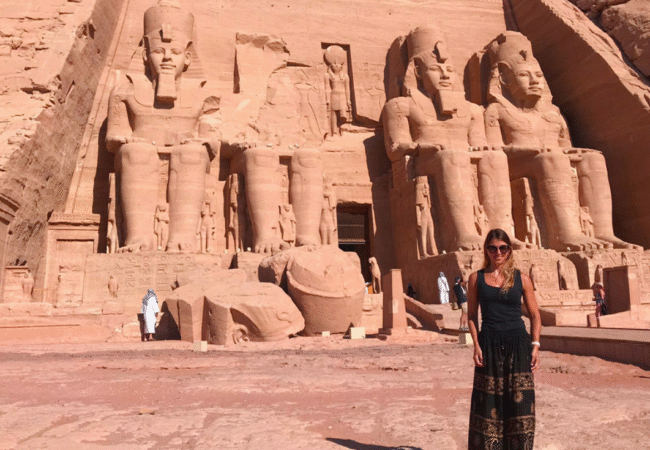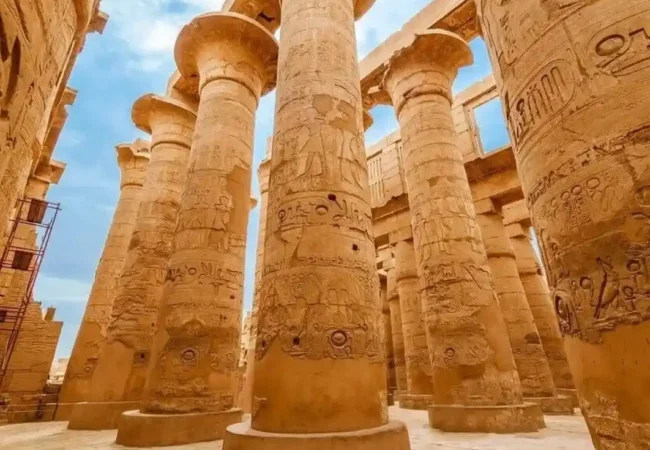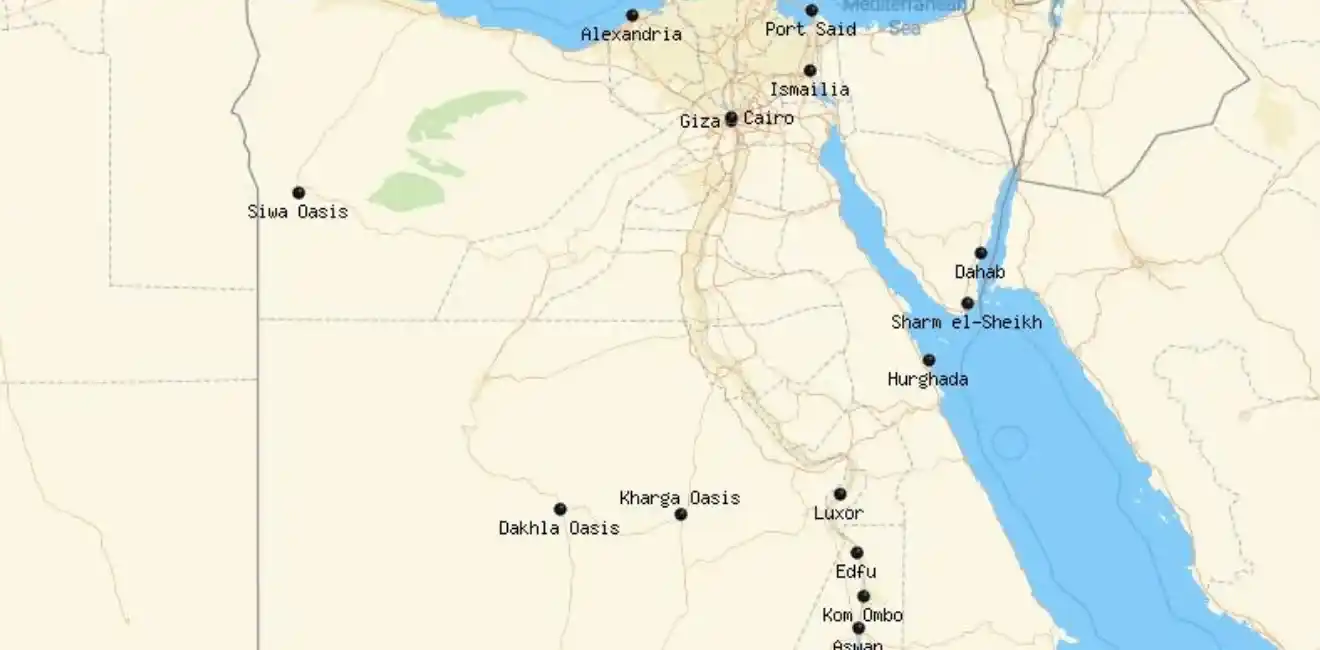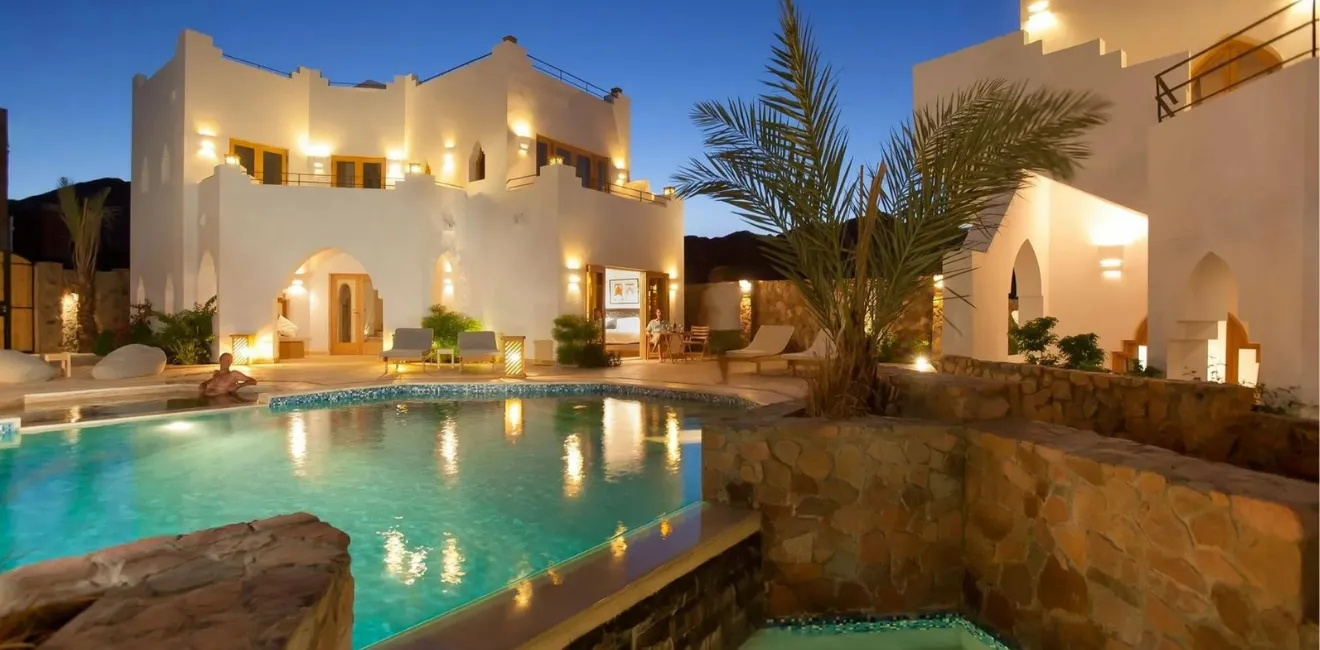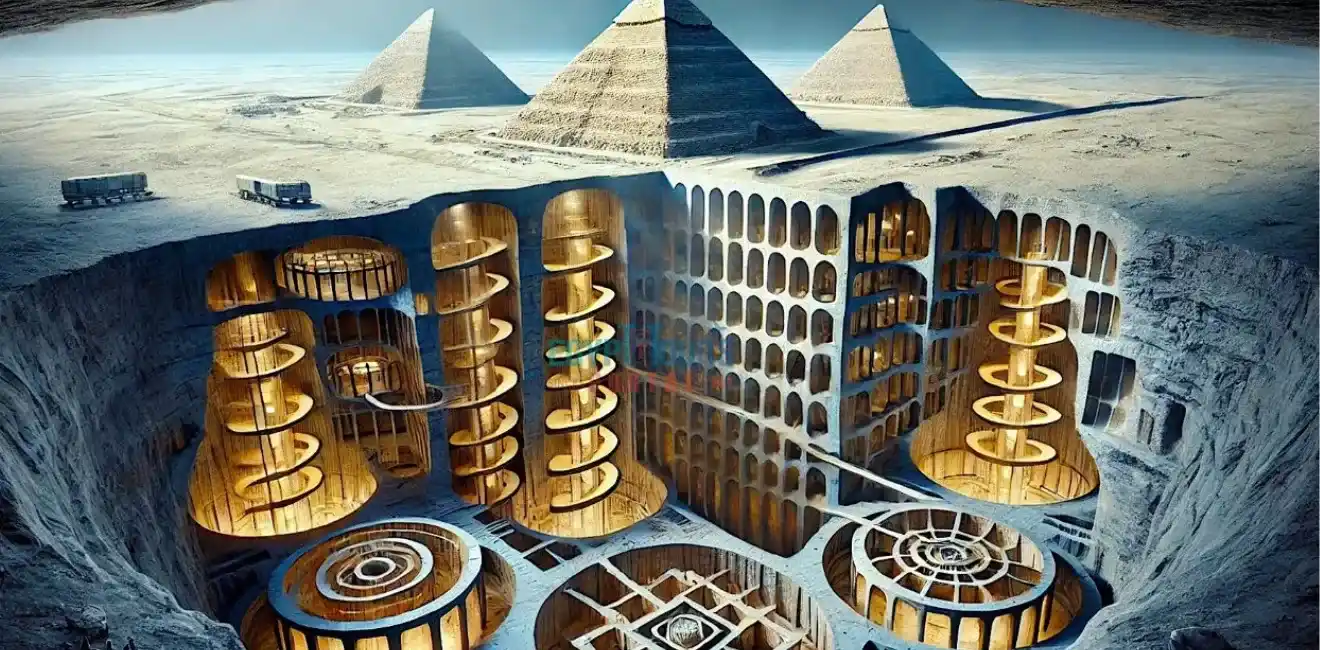
Sobek: Crocodile God
The god Sobek also spelled Sebek, or even Sukht is an ancient Egyptian god.
He embodies contradictory natures and powerful powers that inspire both awe and admiration.
He was known as the lord of crocodiles and the master of the depths of the Nile.
Sometimes he appeared in the form of a predatory crocodile, and other times in human form with a crocodile’s head on top as if the myth were revealed in nature and the majesty of kings.
His name was also associated with the Nile’s abundant and powerful force protecting it from its evils.
He was also a symbol of fertility military power, and royal sovereignty not only as a god, but also as a hidden force that repels evil grant’s life, and instills fear in the hearts of enemies.
Who is the god Sobek?
The origin of the name “Sobek” remains a matter of debate among researchers, but the prevailing view is that it is derived from a linguistic root meaning “fertility” a symbolic reference to the power of creation and reproduction.
- Sobek was a deity in ancient Egypt and was part of the fabric of faith in Its various eras as his presence began early in the Old Kingdom, but his star shone brightly during the Middle Kingdom especially during the prosperous period of the Twelfth Dynasty.
- King Amenemhat III one of the most important kings of that era paid special attention to the crocodile god, and his name was closely associated with the Fayum region which was considered the origin of the worship of Sobek.
- In Fayum, temples were built projects were launched, and resources were dedicated to glorifying this god until this area became a sacred center for him no less important than Thebes or Memphis.
- Sobek underwent a unique transformation during this period.
- He was no longer simply the god of crocodiles and the Nile, but rather merged with Horus the god of the sky and protection.
- From this convergence a new embodiment of royal power and legitimacy was born.
- This union bestowed upon Sobek a royal status making him a dual-attributed god combining the violence of nature with the legitimacy of the throne between the river and its rule.
- With his inclusion within the triad of Horus and his parents Osiris and Isis, Sobek’s power and authority increased becoming a central deity in the Egyptian pantheon uniting life and death, judgment and fertility, wrath and nurture.
The History of Sobek
Sobek began his path to solar divine glory when he was associated with Horus.
This relationship was his first window into the world of solar divinity.
- With the development of religious thought Sobek merged with Ra the supreme sun god creating a formidable entity known as “Sobek-Ra,” a union between the power of the crocodile and the brightness of the sun between darkness and light.
- Although the figure of Sobek persisted throughout the New Kingdom the brilliance of Sobek-Ra did not reach its peak until the final stages of Egyptian history especially during the Late Period.
- Towards the end of the Pharaonic era the importance of this composite deity increased becoming a symbol of cosmic wisdom and absolute power continuing his ascendancy even under the Ptolemies and Romans.
- These later eras witnessed a great flourishing in the worship of Sobek-Ra as his temples were restored and new towering monuments were constructed befitting his growing status.
- This was not limited to religious architecture, but extended to profound efforts that sought to establish the image of Sobek as the pinnacle of the divine hierarchy and the meeting point of heavenly light and earthly power.
Sobek, the ancient Egyptian crocodile god, was revered as a powerful deity of strength, fertility, and protection.
Associated with the Nile and its life-giving waters, Sobek was both feared and worshipped.
References to him appear in the Pyramid Texts, where he is invoked as a fierce guardian and a guide for the pharaoh in the afterlife, emphasizing his divine role in both creation and rebirth.
Where was he worshipped?
Fayoum known in ancient times as “Land of the Lake,” in reference to Lake Qarun was the original site of worship of the god Sobek.
He instilled a sense of faith in the crocodile god since ancient times.
- Almost every city in Fayum developed its own local interpretation of Sobek producing surprising variations of this deity such as “Sobek Neptunes” in Umm al-Brigat, “Sabaku No Kuni” in Kom al-Atl, and “Soksei,” whose location in the region remains a mystery.
- In Kom Osim Sobek was not a single god, but rather manifested in two unique forms: “Yennefer” and “Petsuchos.” These manifestations were accompanied by special rituals with mummified crocodiles used as sacred symbols in the temples of Petetsochus.
- In Shedet the capital of the Fayum (later renamed Crocodilopolis by the Greeks), the most famous and influential form of the god, “Sobek Shedeti,” resided there.
- He became the official patron of the city and its undisputed primary deity.
- It became the most important religious and administrative center in Fayoum especially after it became the capital of the Arsinoite province during the Greco-Roman period.
- It is believed that Ptolemy II was behind the major expansion of the temple of Sobek or as Known Kom Ombo Temple there in an attempt to elevate his status and demonstrate its position within the political and religious fabric of the state.
Characteristics of the God Sobek
Sobek is considered the embodiment of brutal strength and instinctive violence.
His divine personality is inspired by the Nile crocodile, a merciless predator.
- His ancient titles reflect his extreme aggressive nature including “The Lover of Robbery,” “The One Who Eats and Lies at the Same Time,” and “The Fierce One with the Severing Teeth.”
- Despite this terrifying image Sobek was not only depicted as a symbol of terror; he was also known for his ability to give and heal appearing in positive roles in several Egyptian myths.
- After his legendary alliance with the god Horus he gradually began to transform into a balanced deity combining wrath and protection.
- His status was consolidated when he was included in the Osirian triad with Osiris, Isis, and Horus during the Middle Kingdom.
- Sobek’s role as a “divine healer” emerged in the myth of the resurrection of Osiris when he became associated with Isis as a force that helped heal the god’s shattered body after his murder by Set.
- As for the name there are conflicting linguistic interpretations. Some believe that his name “Sobek,” comes from roots meaning “inseminator” or “cohabitant,” while others believe it is derived from the verb “s-b-q” or “s-a-q,” meaning “unifier.”
Some Beliefs About the God Sobek
Sobek was not only known for his savage divinity.
To the ancient Egyptians he was a protective shield whose ferocity terrified enemies and whose terror protected the innocent from all evil.
- This duality of awe and protection made Sobek a beloved and revered divine figure among the public especially during the Ptolemaic and Roman eras when people’s devotion to him reached its peak.
- Unique rituals were prevalent in his temples the most important of which was the mummification of crocodiles and their offering as sacred sacrifices in honor of To the God who adopted this animal as his sacred symbol.
- The offerings were not limited to adult crocodiles they also included mummified crocodile eggs a symbolic reference to his role as a cyclical solar deity in his manifestation as Sobek-Ra.
- These crocodiles were considered living incarnations of the god, and priests and disciples cared for them until their deaths when they were mummified in a distinctive style that demonstrated their sanctity.
- Many mummies have been found depicting crocodiles carrying their young on their backs or in their mouths, a precise imitation of natural behavior.
- Crocodiles are among the few reptiles that protect their offspring with utmost care.
- This compassionate aspect of crocodiles’ lives was carefully preserved during the mummification process emphasizing Sobek’s symbolism as a caregiver and protector just as crocodiles protect their young from danger.
- In Crocodiloplis the sacred city of Sobek this reverence reached its peak.
- His temple became a spiritual center that reflected all the dimensions of this contradictory god: the brutal the guardian, the nurturing, the predatory the evil protecting those he loved.
What Did Sobek Do for Egypt?
Some religious groups in ancient Egypt believed that the god Sobek was a sacred entity the cosmic force from which order itself emerged when he emerged from the depths of the “dark primordial waters” to spark the first creation.
They saw him as the first father of the great river, the Nile which gave life to the land and made the land fertile with goodness and growth.
Sobek, the ancient Egyptian crocodile god of strength, fertility, and protection, was worshiped in several important temples, especially in regions near water.
The most famous temple dedicated to him is at Kom Ombo, where he was honored alongside the falcon god Horus.
Another major center of Sobek worship was in Fayoum, particularly at the city of Crocodiloplis (modern Medinet el-Faiyum), where sacred crocodiles were kept and revered.
Sobek’s temples often featured pools and lakes to house live crocodiles, seen as physical embodiments of the god, and emphasized his role in controlling the waters of the Nile, ensuring both fertility and safety for the land.
The Sun’s Perpendicularity to the God Sobek
Throughout the year the statue remains in the temple as if light had been deliberately banished from it.
However in a unique moment that only occurs on December 21 of each year the sun’s rays make their way with amazing precision to perpendicularly to the statue of the god Sobek illuminating his face in a magical cosmic scene.
FAQs
Who is Sobek in the Bible?
The god Sobek is a strong candidate to embody the “Pharaoh God,” as these gods were worshipped during the time of Abraham. Given the long history of his worship and his great status in Egypt Sobek was a fearsome god.
What is the symbol of the crocodile in ancient Egypt?
The crocodile has been associated with the Egyptians since the Pharaonic era as a symbol of good and evil manifesting in contrasting images of reverence hatred, and desecration in their ancient culture.
Who is the god Sobek?
Sobek the multidimensional ancient Egyptian god embodied in the form of a crocodile or a human with a crocodile head. He was associated with fertility royal authority, and military prowess.
He was also known as a protective deity against danger and a repeller of evil.
In concluding our discussion of Sobek it becomes clear that this name is not only associated with the ancient Egyptian god who manifested strength and protection, but also symbolizes a unique character that combined severity and wisdom.
In mythology he symbolized control over water and the Nile and was a source of security in times of chaos.

